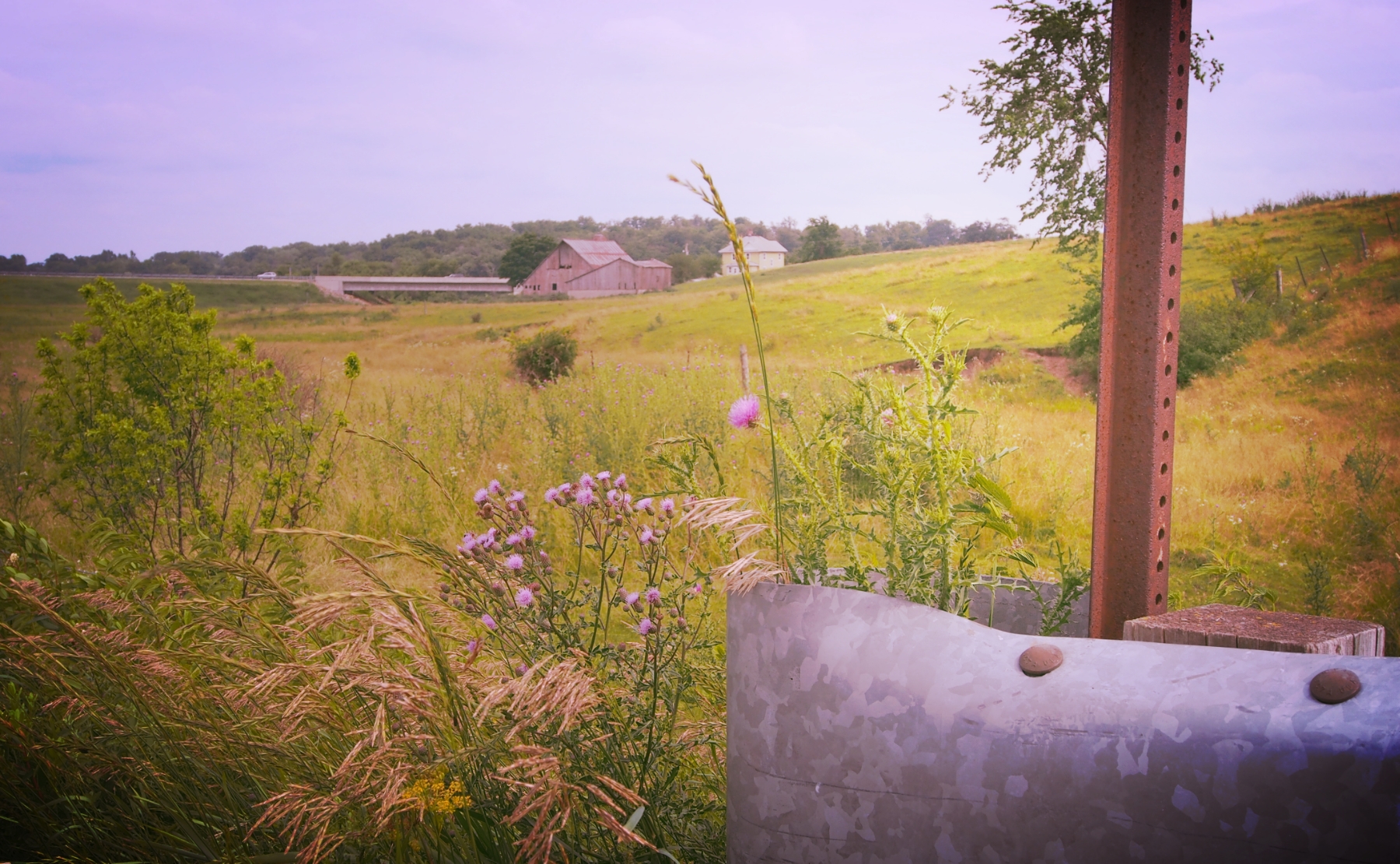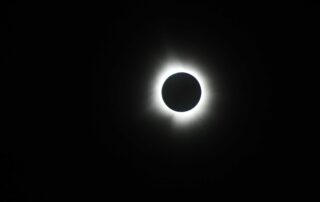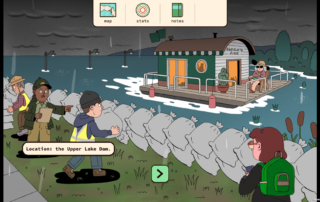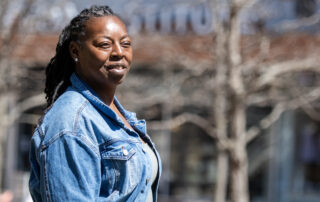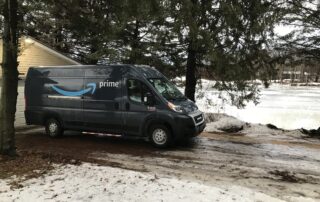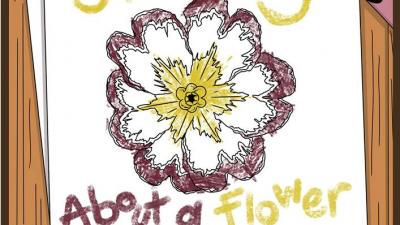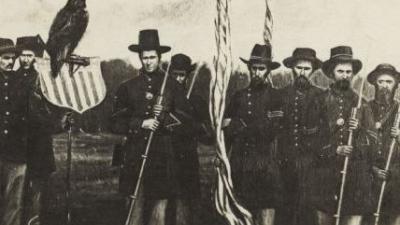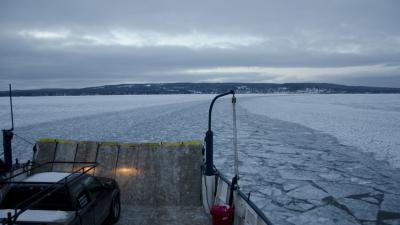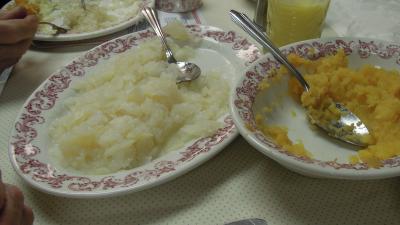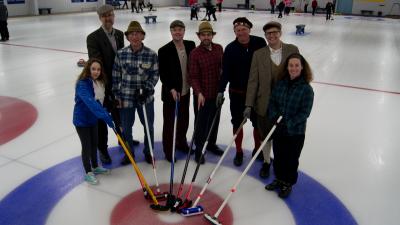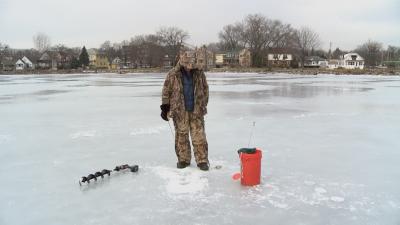Wisconsin senator Gaylord Nelson helped organize the first Earth Day in 1970, after growing concerns for the environment. Since then, it’s been a day to celebrate our natural resources while also drawing attention to increasing threats to them.
Madison writer Araceli Esparza wanted to take this Earth Day to do her own reflecting on Wisconsin’s environment through poetry.
==
Earth Day in the Heartland
“I liked these colors when I was a child,” Mama said.
“Why?” Rosita asked.
“Because they remind me of the sky,” Mama answered.
Tap, tap, her brush went, dotting many colors in the sky until we only saw one
color, the light of day. That color was like the sun—like freshly picked corn.
There was a red color like the northern cranberries. Mama painted green
lettuce-colored prairies and pointy trees. These colors together were a forest.
In a swoop, she turns a trail into one color, snow.
Like Cows laughing in the snow, she paints the sky a blue-black where you can
see every star, and she adds clouds because the nights are cold near the lakes.
“It looks like home,” Rosita says.
“Hm, pues, sí, it does,” Mama says.
And she painted until the horizon met the dairy farms and rolling hills of our
home.
The heartland.
==
Araceli Esparza reflected on this poem and Earth Day with WPR’s “Wisconsin Life” host Maureen McCollum.
(This interview has been edited for brevity and clarity)
Maureen McCollum: Araceli, can you talk about what inspired you to write this poem?
Araceli Esparza: I was inspired to write this poem about Earth Day. I have seen so many of our youth on a global scale bringing attention to the environment and the protection thereof. I wanted to use my platform to bring attention to this day and how we all care about the Earth. I think sometimes there’s a misconception that only certain people who go hiking or people who go boating or people who only eat at a co-op can participate in conservation of our planet. That’s just not true.
MM: I love that you illustrate the love of the earth, the love of the environment and the celebration of Earth Day through this beautiful moment between a mother and her daughter.
AE: (Laughing) Yeah, painting … how random! I’m not a painter either, mind you — a painter of words, perhaps.
When I think about the landscape of Wisconsin and what keeps our hearts tethered here, it’s the rolling hills, the dairy farms. Just like going to Sun Prairie for the (Sweet) Corn Fest, having everything cranberry-esque. You’re going to run across some cranberries if you’re here!
You’re going to run across lettuce-colored prairies. Now the greenness of this environment of Dane County, the state of Wisconsin — this green, I have introduced it to people from other parts of the United States. They’re always amazed by how green it is. And the pointy evergreen trees, right? They’re really a part of our landscape and I wanted to pay homage to that.
I also felt that (the poem) was a way to honor the generations. So, Mama may have grown up on a farm and now she’s showing her daughter, “These are my memories.” And her daughter’s like, “Yeah, you took me to these places. You’ve taken me to see freshly cut corn. I have eaten yummy strawberry jam. I’ve seen these prairies. These colors together do make a forest, the color snow.”
And then, of course, there’s the laughing cows in the snow.
MM: I love that image.
AE: Yes! I absolutely borrowed it from other folks in my life that I read in children’s literature — Francisco Alarcon’s “Iguanas in the Snow.” I wanted to pay homage to that image. We don’t expect to see this, but we want to see. You don’t see iguanas laughing in the snow. Who are the iguanas? They’re brown children. I wanted to bring that, too. I think by putting the word “Mama,” “Rosita” and mixing in some Spanish in there … it makes you want to know who they are. What’s their back story?
MM: I understand climate change also inspired you to write this. Is climate change a looming presence for the mother and daughter as they’re painting?
AE: Definitely, (the poem) was about the climate and wanting to bring climate awareness through the arts. There needs to be a tradition of reflection of the land. What is that? What are we as stewards doing for it? I think this mama … she’s painting on it. She’s not going to let them forget. She’s also creating that tradition of giving back in that reflection of her art.
At the end, I write, “…she painted until the horizon met the dairy farms and the rolling hands of our home.”
This is our home, this is our new home. We have all our responsibility to keep it safe, to sustain it.
MM: You talked about introducing people to the natural areas of Dane County. As this poem shows, you also write about nature. What other ways do you like to connect with the environment?
AE: There are times when I’ve done hikes and then we pause for poetry or forest singing. One of my first challenges was called Nature Net when my kids were smaller. You go all around Madison and Dane County to these little pitstops and get a little stamp or do an activity.
I imagine Mama and Rosita here are reflecting (on nature) through the art and through her painting. Any way that we can involve our children into our creative crafts and give that reflection to a larger movement like Earth Day and the environmental movement.
I really wanted to give light to that because … I would hate for an activist to think that we don’t care or that we are just consumers and that we don’t know. We do care. And we need to give light to each other when we’re showing up for it.
MM: As you said, you may not be an activist on the front lines of climate change, but the first step is at least appreciating the beauty that’s in front of you. Then see where your journey goes from there. That’s what I kind of took away from your poem.
AE: Oh, thank you. Yeah, it’s just appreciating what’s going around us and also giving that tradition to our children. Soak in this landscape through all of these senses, like sight, sound. Actually take your kids to the Corn Festival or Cranberry Festival. We have a lot of these agricultural festivals that happen around Wisconsin in the late summers for a very big reason. They commute the journey of any child, regardless of their race, their ethnicity, their culture, their abilities that they might go there.
I feel like this is a poem that lets parents know, too, that we care about you and what work you’re doing. It’s hard work to impart climate awareness to our kids. But there are fun and easy ways of doing it.
We are so lucky to be around so many lakes here in the city. Wherever you’re listening in Wisconsin, get out to that country road. Go on that high peak. We’ve all been there. We’ve all done it. And just enjoy it. Just enjoy what we have around us. You know, we might not be like New York, we might not be like Chicago and other big cities, but we have this beautiful landscape that allows us to dream further. It really does. It allows us to dream far and wide. It’s there to take care of us.
